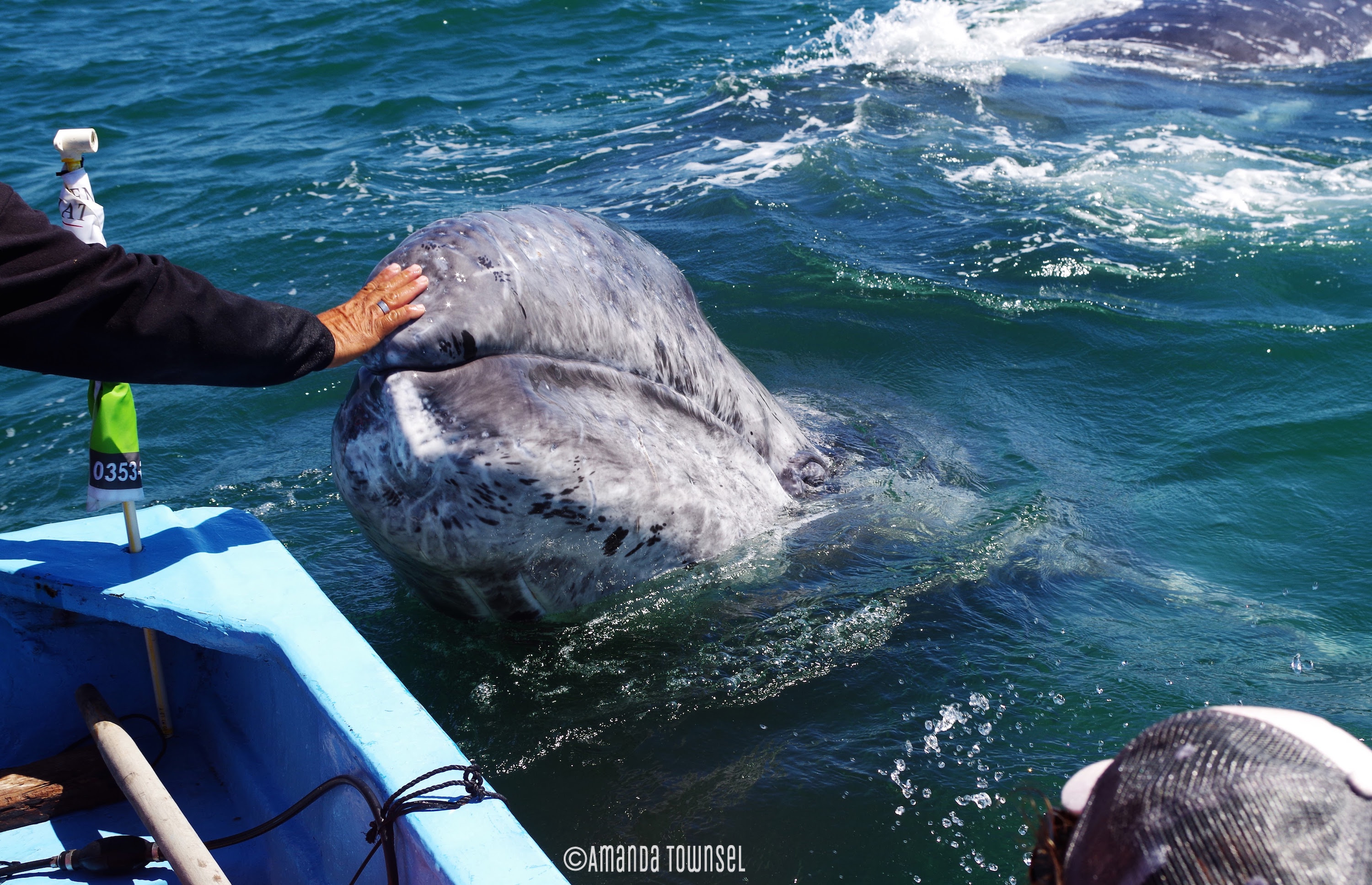Keywords:
The Nature-Based Marine Tourism Industry in Mexico’s Baja California Peninsula.

The Baja California Peninsula in Northern Mexico is renowned for its coastal and marine ecosystems, which support vibrant habitats and, consequently, an important and rapidly growing nature-based marine tourism industry. In addition to providing recreational opportunities and direct and indirect economic benefits to coastal communities, it can foster and incentivize additional social and environmental benefits through marine conservation. Nevertheless, this wealth of resources is threatened by ongoing and increasing human activity including unsustainable commercial fisheries, coastal development, and even the marine tourism industry itself, if not properly monitored and managed (1).

Tourism data is often collected on a macro, independent scale, focusing on the state and country level. This method is not ideal for providing a realistic understanding of the nature-based tourism industry, since the natural resources it depends on, such as whales and fish, do not recognize the human-construct of borders. By conducting small scale data collection focusing on a geographic region (e.g. the Baja Peninsula) more representative conclusions can be drawn about the economic, social, and environmental impacts of marine tourism. This data also allows us to examine this industry on a micro-scale, evaluating the benefits and challenges experienced by local communities and individual operators.
A comprehensive list of marine tourism operators and their activities was compiled for twenty-two locations in the Baja Peninsula were selected ad-hoc as a representative sample of the nature-based marine tourism industry (2).
Major Findings:
Analysis of the compiled list revealed 316 nature-based marine tourism operators, and the six most commonly offered activities: scuba diving/snorkeling, sport fishing, whale watching, kayaking, shark tours, and sealion tours. The greatest concentration of operators, 149, is in the Los Cabos area (Cabo San Lucas and San Jose del Cabo), followed by La Paz with 40 marine operators. These locations are located near international airports and have the infrastructure to attract and support large numbers of tourists. Scuba diving/snorkeling and sport fishing are offered by 25% of operators. Whale watching is the third most common activity, offered by 21% of operators, though most whales are only present seasonally. In some locations, such as Laguna San Ignacio, the whales are the only reason a marine tourism industry exists.
Authors:
Amanda Danielle Townsel*, Andrés M. Cisneros-Montemayor**, Octavio Aburto-Oropeza*, Andrew Frederick Johnson*
Contact Information:
DOI:
10.13022/M3KG6R
Affiliations:
*The Scripps Institution of Oceanography, California, USA **University of British Columbia
Acknowledgements:
How to cite this story:
Amanda Danielle Townsel, Andrés M. Cisneros-Montemayor, Octavio Aburto-Oropeza, Andrew Frederick Johnson (2017): The Nature-Based Marine Tourism Industry in Mexico’s Baja California Peninsula. dataMares. InteractiveResource. https://doi.org/10.13022/M3KG6R
References
Ocean Wealth: Nature-Based Tourism Values in the Gulf of California and Baja
Peninsula, The Nature Conservancy, in press.
2. Townsel, A. (2016) Ecotourism or Ecotour-ish? Evaluation of Marine-Based Ecotourism Operations in Marine Protected Areas of Baja California Sur. Center for Marine Biodiversity & Conservation, Scripps Institution of Oceanography.

